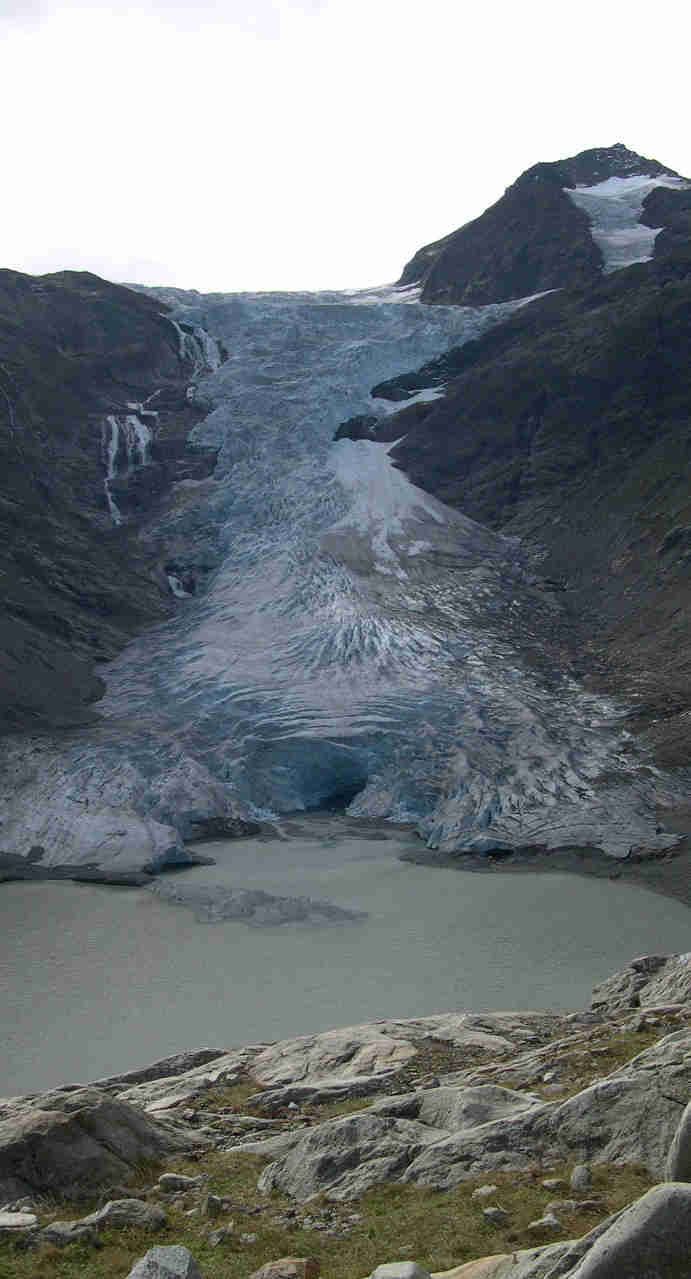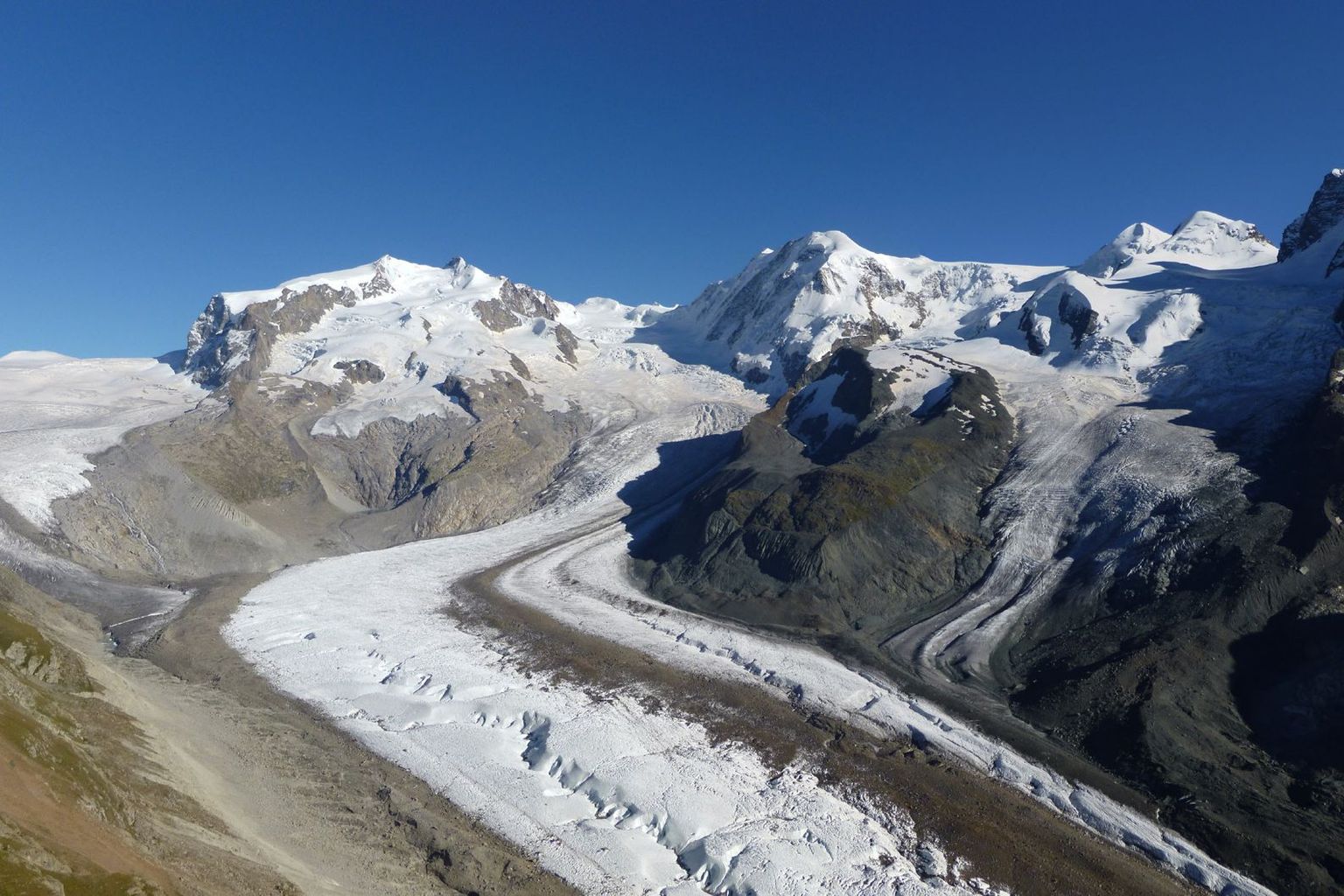Glacier

While establishing a measurement program for the documentation of glacier changes it is essential to consider all relevant elements in order to satisfy various needs and demands for data. In Switzerland systematic and long-term measurements began in 1880 which is documented by glaciers length changes. During the end of the 19th century the measurements focused on the determination of the last ice age and the prediction of the next ice age to come. Since then the objectives of national and international research concerning glaciers have noticeably shifted and new methods of measurement have been developed. Considering the increasing human influence it is to be expected that climatic change will accelerate. We have to envisage that in the coming decades vast mountain region will become icefree. This demands for a constant adaption of the Swiss glacier measurement networks to new technologies such as Remote Sensing, Geo-informatics and to connect them to existing technologies such as in-situ measurements. Newly developed models have to be utilized in the process of evaluation of data with due regard to other monitoring elements such as process studies, index measurements, inventory of glacier parameters.
Today’s standards that are demanded from such a measurement program are composed of different subject areas. Essentially, there are the climate-glacier relation, economic aspects (water power, tourism, agriculture) natural hazards, the public (education) and the sea level. The measurement program at hand strongly focuses on the questions related to the climatic system. Furthermore, it shall be well integrated into existing programs and documentations of glacier change (such as GTN-G – Global Terrestrial Network for Glaciers, WGMS – World Glacier Monitoring Service) and of climate (GCOS – Global Climate Observing System). The monitoring network is structured in a way that enables it to undertake global as well as regional analysis of glacier change. In the course of this the following parameters are observed: mass balance, velocity of flow, length variation, inventory of glacier parameters and the temperature of firn.

